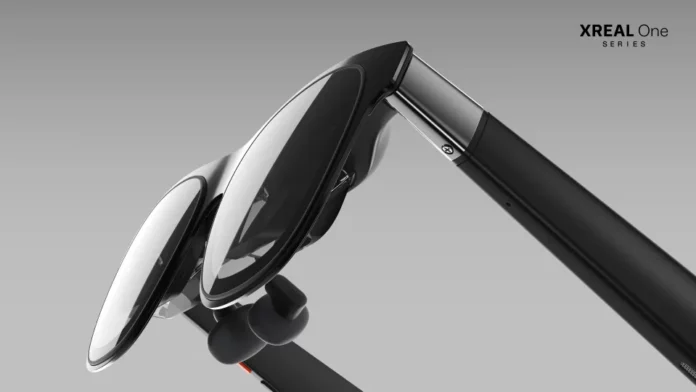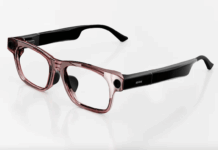When we reviewed Xreal’s Air 2 Ultra AR glasses earlier this year at CES in Las Vegas, we had positive first impressions, but we also noted that their success “will ultimately depend on the range of applications.” Xreal may have found a new way to solve this problem with its new One series of AR glasses: making sure they can be connected to more devices via USB-C.
Xreal has unveiled its new One Series augmented reality glasses, which can create cinematic displays with three degrees of freedom (3DoF), rotation tracking, and customizable spatial computing. The new augmented reality glasses can also create and control displays from “iPhone, Android, Steam Deck, PC, MacBook, and virtually any device with a USB-C video output,” according to Xreal’s announcement.
Previous Xreal glasses required Xreal Beam or Beam Pro adapters to create spatial displays for USB-C devices. The spatial capabilities of the One series glasses are implemented in the glasses themselves using a special silicon chip called X1, which provides “incredibly low motion-to-picture (M2P) latency of only ~3ms at 120Hz,” as stated in the announcement.
The Xreal One series also offers a huge 1080p Full HD display area for each eye. Xreal One glasses use a triangular lens shape that provides a 50-degree viewing angle and a 20.7% larger display than the Xreal Air 2 series. Xreal One Pro is the first set of augmented reality glasses with a flat lens that provides a 57-degree field of view. Both the Xreal One and One Pro can also deliver finely tuned sound with Sound by Bose.
The glasses themselves are still quite large, like most AR glasses such as the Meta Orion AR. According to the announcement, the 11mm plane of the One series glasses is 40.9 thinner than “traditional bird optics”.
Xreal is currently accepting pre-orders for the Xreal One glasses priced at $499 (€549) and One Pro at $599 (€649) on its website. Delivery will begin in mid-December for the Xreal One and early next year for the Xreal One Pro.









